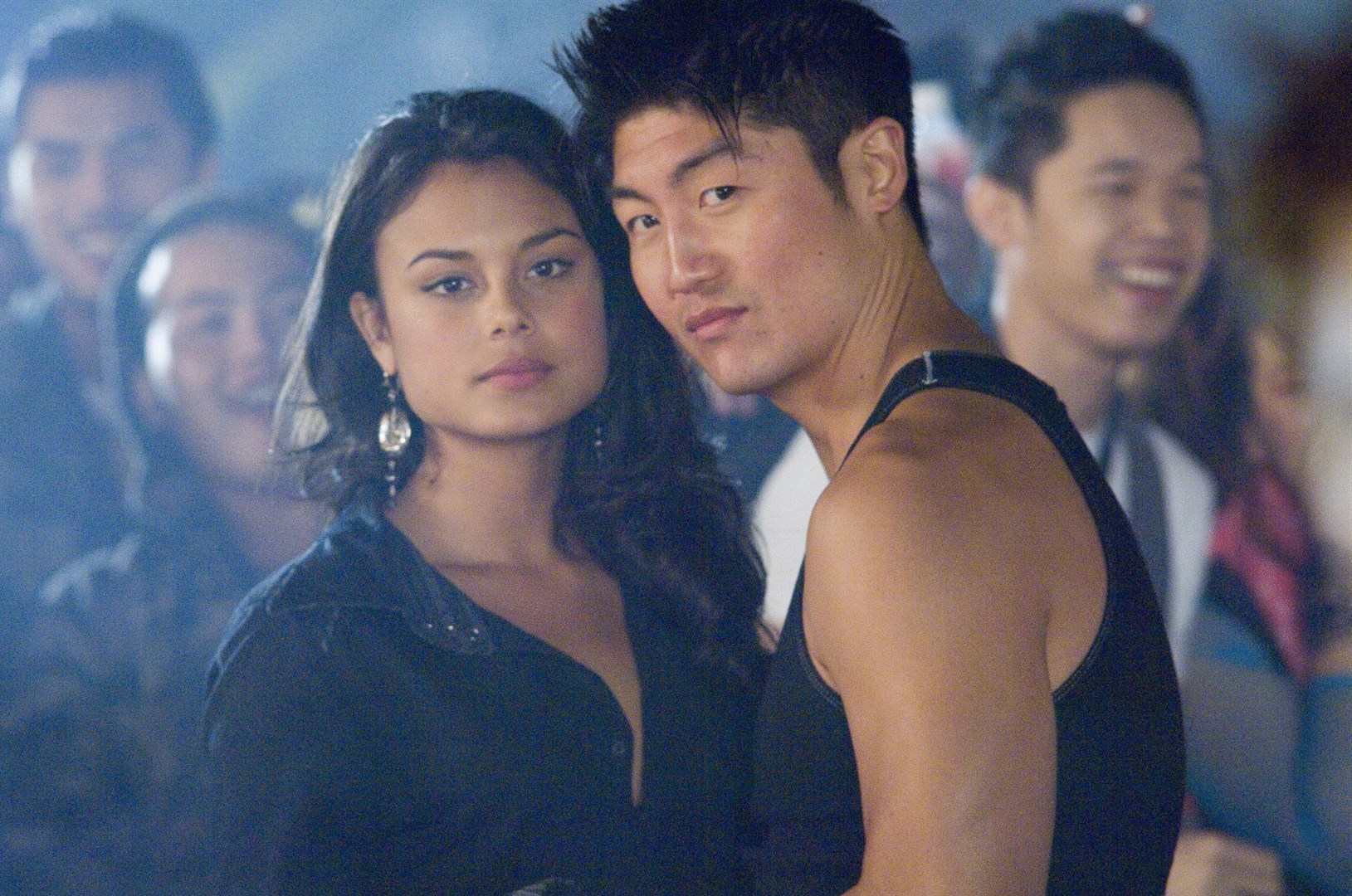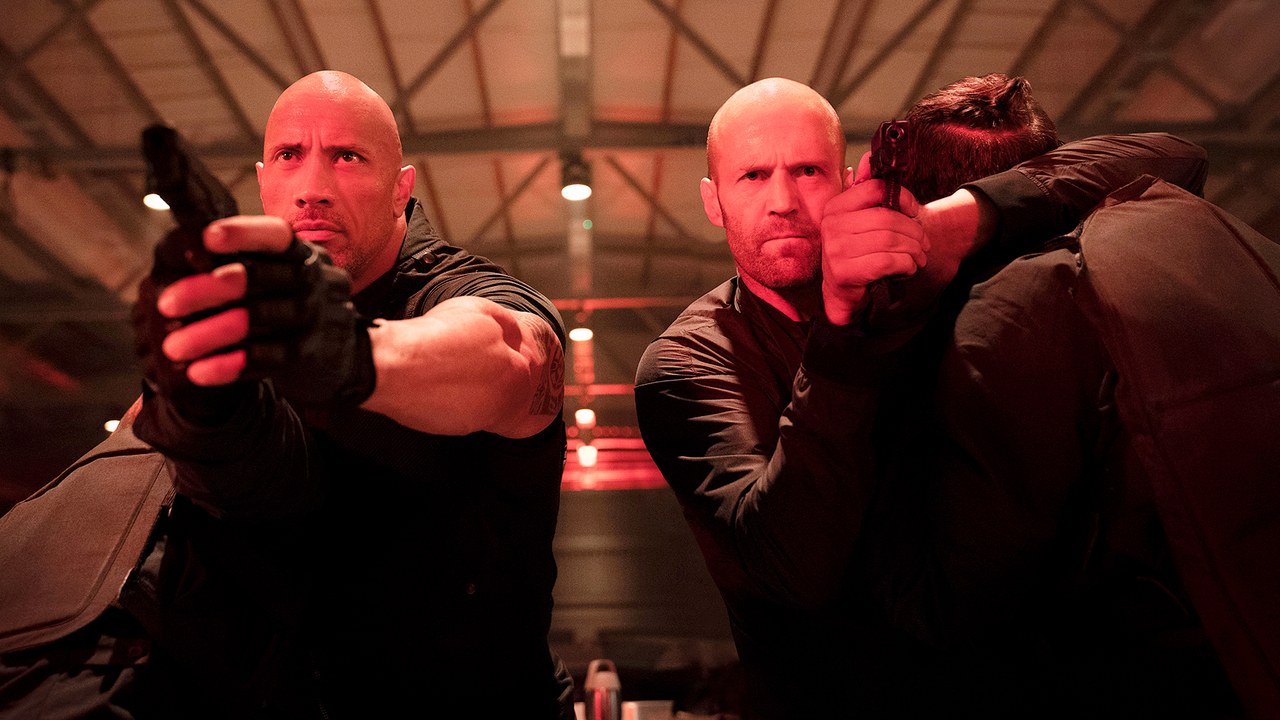The Fast & Furious franchise started way back in 2001 with Rob Cohen’s Point-Break-with-cars The Fast and the Furious. The film received mixed reviews from critics (53% on Rotten Tomatoes with an average score of 5.37/10). However, it’s successful run at the global box office, raking in $US 207 million with a production budget of $US 38 million meant that a sequel was inevitable. However, things only got worse from that point on. 2003 saw the release of 2 Fast 2 Furious which played like a cheap and frat boy-esque continuation of the relatively intriguing first film. Only 36% of the Rotten Tomatoes certified critics gave the film a positive rating (average score: 4.75/10). The box office numbers aren’t so bright either. 2 Fast 2 Furious had double the budget of its predecessor, but only raked in $29 million more.
The poor ratings continued in 2006 with the release of Justin Lin’s Fast & Furious: Tokyo Drift (which in my opinion is the worst film in the franchise). All of the old cast members were gone, replaced by fresh faces and a new setting. It received a mere 38% (average score: 4.91/10) on Rotten Tomatoes, a slight increase from the second film. However, the film was an utter disappointment at the global box office, grossing merely $US 158 million with a production budget of $US 85 million. The fourth film, which I personally quite enjoy as it sees the return of many of the original cast of characters infiltrate a cartel, received the lowest rating in the franchise — 29% on Rotten Tomatoes with an average score of 4.57/10. But, the film did accomplish a couple of things. One, it grossed over $US 363 million worldwide with the same budget as Tokyo Drift and two, it started the trend of stupidly titled Fast & Furious movies. Fast Five proved that third time really is the charm. Justin Lin, who directed Tokyo Drift and Fast and Furious returned to the helm, this time with a completely different gameplan. Instead of focusing on street racing, Lin decided to make a heist film that happens to feature street racers. He also brought back all the fan favourites from the first few movies and introduced The Rock. This would prove to be a winning formula as Fast Five not only became the first movie in the franchise to get a ‘fresh’ rating on Rotten Tomatoes (77% with an average score of 6.39/10) but also turned the franchise into a global phenomenon. It grossed $US 626 million worldwide.
Since then, all the movies have continued to receive positive ratings from critics, with James Wan’s Furious 7 the only one to touch the 81% mark.
Fast & Furious 6 — 70% (average score: 6.22/10)Furious 7 — 81% (average score: 6.67/10)The Fate of the Furious — 67% (average score: 6.15/10)Hobbs & Shaw — 71% (6.11/10)
More than the Rotten Tomatoes percentage, I think the average critics’ score is a far more fascinating stat. The percentage reflects the percentage of the RT certified critics that gave the film a positive rating. To simplify, if there are 10 critics and seven of which gives the film a thumbs up, while three gives the film a thumbs down, said film will receive a 70% ‘on Rotten Tomatoes. The average score, on the other hand, tabulates the actual rating each critic gives the film and calculates the ‘mean/average’. So, looking at the Fast & Furious franchise, all the movies received an average critic score that ranges between 4.5 – 6.6 — the highest being Furious 7‘s 6.67 and the lowest being number four’s 4.57/10. In other words, the general critical consensus of the franchise is that it ranges from ‘below average at worst to above average at best’.

